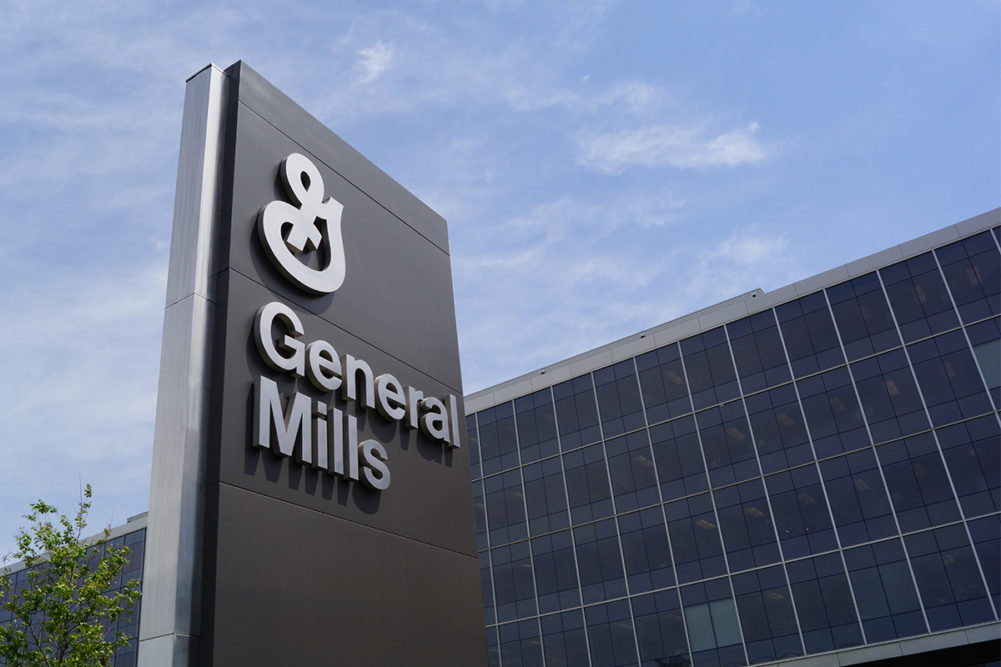BOCA RATON, FLA. — General Mills, Inc. management sees the company’s scale and the data it gathers to manage its business as a key point of differentiation in managing costs and improving customer service in traditional and new sales channels.
Jeffrey L. Harmening, chairman and chief executive officer, spoke Feb. 18 at the Consumer Analyst Group of New York conference and said leveraging the company’s scale through enterprise capabilities is a competitive advantage.
“One of the most important ways we’ll do this is by making data and analytics a strategic priority for our company,” he said. “We’ve begun investing this year to enhance our sources of data, improve our analytical tools and build a dedicated team with unique skills to unlock significant data-driven opportunities for our business. This capability has a potential for far-reaching benefits. And in recognition of its strategic importance, we recently brought in Jaime Montemayor to lead this effort and join my leadership team as our chief digital and technology officer.”
Areas with opportunity for improvement include global sourcing and using machine learning to improve the accuracy of demand forecasting and, thus, lowering supply chain costs.
“Even more importantly, we see data and analytics as an advantaged source of growth for our business,” Mr. Harmening said. “For example, data and analytics will improve the way our sales organization partners with customers to develop customized solutions by category and geography. It will amplify our strategic revenue management capability to unlock price/mix opportunities at a channel and s.k.u. (stock-keeping unit) level. And it will enhance our marketing efforts by delivering better insights that lead to personalized consumer communications.”
As an example of personalized communications, Mr. Harmening talked about the digitization of General Mills’ 23-year old Box Tops for Education program.
“We’ve already seen 1.5 million consumers download the app, and we believe we can unlock future growth by better understanding consumer preferences allowing us to personalize offerings, fully leverage the power of our portfolio and improve both in-store and online experiences,” he said.
Strategic revenue management (S.R.M.) and e-commerce also were identified as areas of opportunity.
“We’ve established dedicated teams to guide these practices and share learnings around the world, enabling a global approach that can be customized for local needs,” Mr. Harmening said. “S.R.M. uses advanced analytics to proactively identify opportunities to drive positive net price realization for our brands, which we’ve seen play out for our business in fiscal ‘19 and again in the first half of our fiscal ‘20.”
General Mills’ global e-commerce sales are up 30% through the first half of fiscal 2020, and the company continues to see its market share online over-index when compared to brick-and-mortar retail.
“One of the key advantages that General Mills brings to e-commerce is a broad range of our portfolio,” Mr. Harmening said. “That breadth allows us to bring differential solutions to consumers and customers, like our Tailgate Nation event, which integrates our in-store event expertise with our enhanced online capabilities, bringing a cohesive look and feel to the event wherever consumers choose to shop.”






